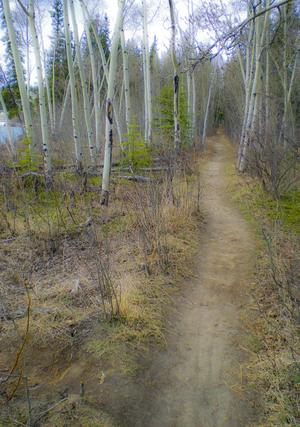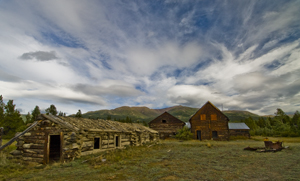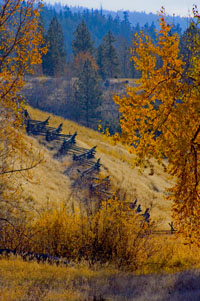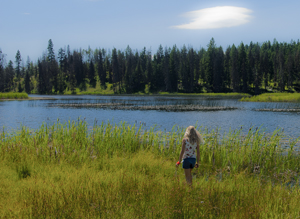The Character of Canadian Cartographers
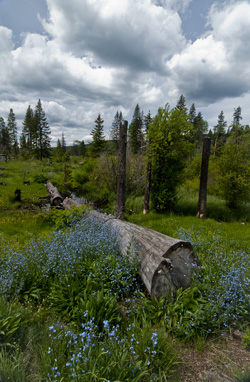
In many of my map posts I’ve written of the unusual people who led the map making ventures, whether mystical Frau Mauro of Venice, the ancient Chinese voyager General Zheng He, or the dedicated native British East India Company surveyors who surveyed the Himalayas. Of course Europe and Britain and America have their own cartographic heroes, so I thought I’d take a few moments to mention a couple of religious cartographers who played a huge role in mapping Canada.
Jesuit Father Frencesco Bressani came to New France (Lower Canada) in 1641 as a missionary and with the express plan to measure astronomical eclipses in order to calculate longitude. At age 32, only a few years in-country, he was captured by Iroquois just outside Trois-Rivieres and was tortured, burned, beaten and mutilated for two months. Somehow he survived and was ransomed to the Dutch and returned to France. Regardless of his ordeal, he came back to New France the next year for four years before returning to Italy where, in 1657 he published his map, the Novae Franciae Accurata Delineatro.
This map, considered the rarest of Canadian maps, not only shows Native territory, but is most valued for its many illustrations. These give an astounding view of Native life as well as vivid drawings of the martyrdom of many missionaries, including being slashed with glowing bark, being placed in boiling water and being cut up alive. Dangerous work, cartography. Of course the map comes with controversy. Was Bressani even able to draw, when his own letters indicate that his hands were so badly mutilated that he could no longer do mass properly? (One hand had only one finger left.) Historians believe the map was drawn by one Giovanni Frederico Pesca, in Italian engraver, working on Bressani’s insightful information.
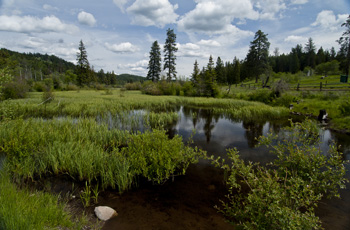
The Jesuits like Bressani were responsible for much of the early mapping of Canada, but in the 1800’s the missions and religious mapping was assumed by the Religious Institute of the Oblates of Mary Immaculate. This order was founded in 1816 in Paris with the motto that meant Right to the ends of the Earth! and they lived up to this when they established their first mission in Canada in 1841 with a focus on Canada’s north along the Mackenzie River Valley. Long-bearded and black robed, the Oblate fathers became well known to the Natives, but none more so than Father Emile Petitot.
Petitot came to the Mackenzie River in 1862 only two weeks after he was ordained. He stayed for twelve years, most of the time travelling with Native companions through the uncharted north from Great Slave Lake to the Arctic Ocean and between the Mackenzie and Laird rivers. He made detailed observations of the Native communities, down to the condition of their teeth and the level of stammerers in specific populations. He learned much of the Native means of living including the guiding marks they placed on river channels to show which were open and which were dead ends. He made maps that set out geographic data of the interior of the northern basin, and discovered the Riviere a Ronciere-Le Noury—a river that geographers denied existed for eighty years, until aerial photography proved Petitot was right.
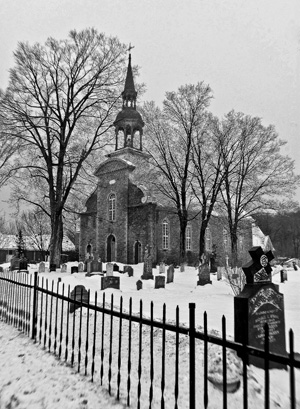
Petitot’s maps made him something of a celebrity in Paris, Ottawa and London, but he was also watched closely by his superiors. Historians describe Petitot as something of an absent-minded dreamer who longed for long voyages, but who also was apt to freeze his fingers because he’d forget to wear his mittens. As well, his missionary duties went something by the wayside. He spoke native dialects fluently and was accepted by the Native groups he met, but he had some unfortunate predilections towards young native men and was excommunicated at one point. Mental illness also plagued him. He variously predicted the end of the world, proclaimed his superior had murdered Jesus and the Virgin Mary, and could become erratic and violent. During these dark spells he would be tied down and placed under guard to stop him from running naked in the snow. It was not until 1882 that he was quietly placed in a Montreal mental hospital after which he returned to France for good.
Petitot’s departure ushered in an era where the religious orders were no longer so prominent in Canadian cartography. But their memory lives on in the ranks of Canada’s memorable cartographers: the devout, the brave, the mad.
